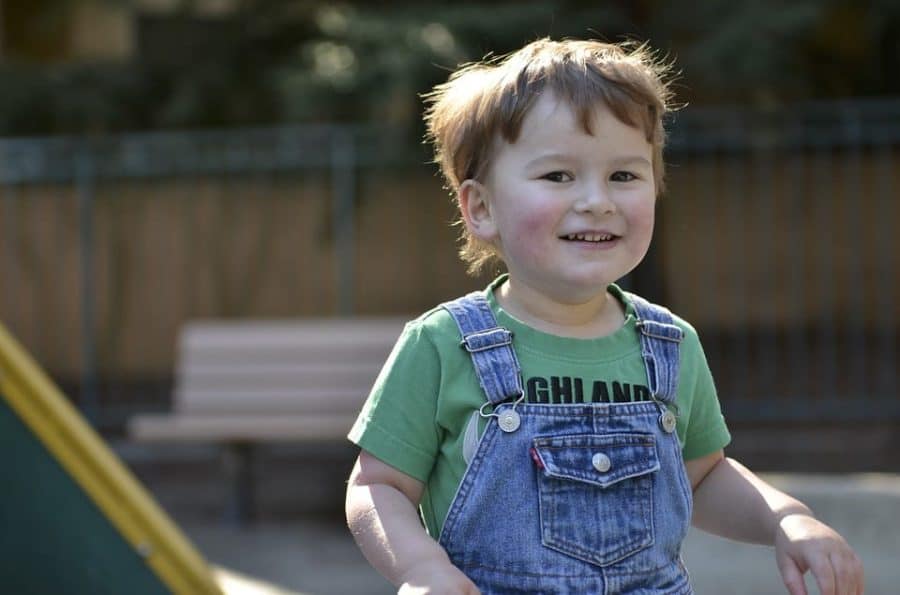A large-scale study has found that standardized autism screening during routine pediatric checkups identifies more children who may have autism, and at younger ages, compared to usual care practices. The research, conducted across 31 pediatric practices in three states, demonstrates that systematic screening can catch subtle signs that might otherwise be missed.
Journal: Journal of the American Academy of Child & Adolescent Psychiatry, October 14, 2024, DOI: 10.1016/j.jaac.2024.08.502 | Reading time: 4 minutes
Better Tools, Earlier Detection
The study compared practices using standardized screening tools with those relying on clinical judgment and non-standardized methods. The results were striking: practices using standardized screening identified 186 children at an average age of 20.6 months, while usual care practices identified only 39 children at an average age of 23.6 months.
“We found that the practices randomly assigned to standardized screening — meaning the screener was administered and scored the same way for every child — identified children with a high likelihood of autism more frequently and more timely compared to practices in the usual care group,” explains Giacomo Vivanti, PhD, associate professor at the Autism Institute.
Catching Subtle Signs
The standardized screening approach proved particularly valuable in identifying children with less obvious symptoms. Children referred through standardized screening showed a wider range of clinical presentations, including milder manifestations in areas like language and cognition, compared to those referred through usual care.
“The earlier identification of autism allows for autism-specific early intervention at a younger age, which improves outcomes across the rest of their lives,” notes Diana Robins, PhD, director of the Autism Institute and creator of the screening tool used in the study.
Closing the Implementation Gap
Despite these findings, there’s still work to be done. The researchers note that while the American Academy of Pediatrics has recommended universal, standardized autism screening at 18- and 24-month well-child visits for nearly 20 years, community implementation lags behind best practices.
Glossary
- Standardized screening: Testing that follows the same procedure and scoring system for every child
- Clinical judgment: Healthcare provider’s assessment based on experience and observation
- Well-child visits: Regular checkups for healthy children to monitor development
- Early intervention: Specialized support services provided during early childhood
- High-fidelity screening: Screening performed exactly as designed and intended
Test Your Knowledge
1. How many more children were identified through standardized screening compared to usual care?
Standardized screening identified 186 children, while usual care identified 39 children.
2. What was the age difference between children identified by standardized screening versus usual care?
Children identified through standardized screening were identified at 20.6 months on average, compared to 23.6 months with usual care – a three-month difference.
3. What advantage did standardized screening show regarding symptom detection?
It identified children with a wider range of clinical presentations, including those with milder symptoms in language and cognition.
4. How long has the American Academy of Pediatrics recommended universal autism screening?
Nearly 20 years.
Enjoy this story? Subscribe to our newsletter at scienceblog.substack.com


